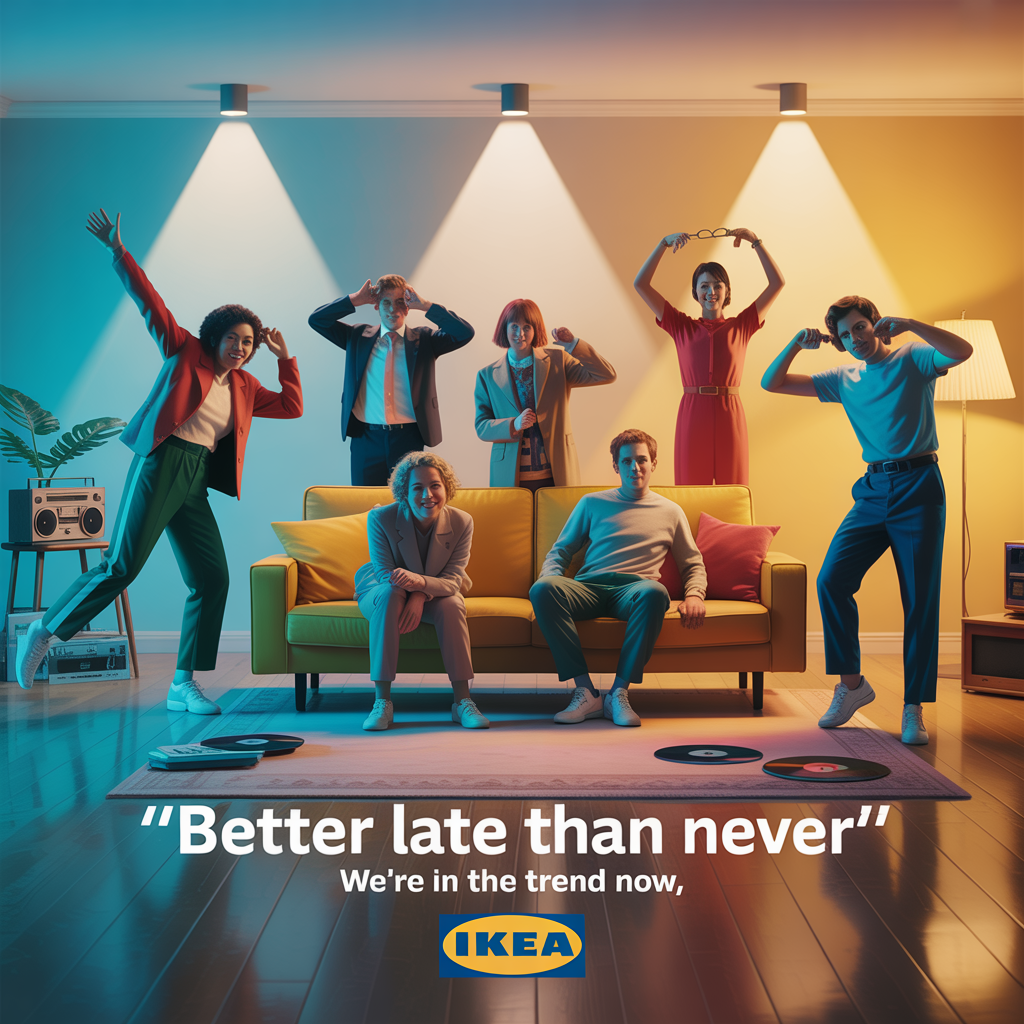Even seasoned dog owners make training mistakes that weaken results. Learn the top errors, practical fixes, and why fully trained dogs for sale in Arizona still need ongoing guidance.
Even owners who have raised multiple dogs can hit the same training potholes—small habits that quietly undo months of progress. That’s because experience sometimes breeds assumptions: we expect a dog to “already know” things, or we default to techniques that used to work but aren’t backed by modern learning science. This guide breaks down the most frequent errors experienced owners make, why those choices backfire, and practical, proven fixes you can apply today. If you’re considering fully trained dogs for sale in Arizona or reworking habits with a longtime companion, this article will help you avoid setbacks and get consistently reliable results.
Why experienced handlers still slip up
Experience teaches patterns, but not all patterns scale. A method that worked on one eager puppy might fail on a nervous adolescent or a dog with a medical issue. Modern, science-based training emphasizes timing, consistency, and reinforcement; ignoring those three pillars—even by well-meaning owners—creates confusion and stress for the dog.
The most common mistakes — and how to fix them
1. Inconsistency between family members
2. Reverting to punishment or corrections under stress
3. Being stingy or inconsistent with rewards
4. Not proofing behaviors in different contexts
5. Chasing the dog to punish or retrieve
6. Overworking during a single session or training only occasionally
7. Confusing cues or giving multiple cues at once
8. Neglecting physical and mental exercise expectations
9. Assuming behavior is purely willful, not medical or anxiety-driven
10. Treating “fully trained” dogs as a set-and-forget solution
Real-world case study: community classes in Arizona
Community training programs demonstrate how structured, consistent approaches fix entrenched problems. The Arizona Humane Society runs positive-reinforcement classes and reports wide improvement in recall, impulse control, and household manners among participants. Owners who once relied on corrections learn to use timing and reinforcement instead—often producing faster, more reliable results and fewer relapses.
Post-pandemic, many owners adopted puppies without access to in-person classes and later struggled with behavioral issues—sometimes reverting to punishment-based fixes that made problems worse. That trend highlights why organized training and professional guidance can be both affordable and results-driven.
How to audit your training habits (quick checklist)
Are cues consistent across all household members? If not, standardize them.
Do you reward frequently during learning phases? If not, up your reinforcement.
Do you escalate corrections when frustrated? Replace corrections with management and redirection.
Do you proof behaviors in multiple places? Create a proofing plan.
Do you assume “fully trained” equals permanent? Plan weekly refreshers and maintenance.
Choosing a trainer or a “fully trained” dog — what to ask
Which training methods do you use? (Prefer force-free, reward-based approaches.)
Can you describe what “fully trained” includes—commands, off-leash reliability, distractions?
Is there follow-up support or a transition plan for me to maintain skills?
Do you provide references or client examples that demonstrate consistent, reliable results?
Local providers (breeders, specialty trainers, or protection-dog companies) sometimes offer trained dogs for sale with lifetime support; verify methods and get everything in writing before purchase.
Conclusion
Experience is an asset—until it hides small but powerful mistakes. The antidote is simple: adopt science-based methods, be consistent across people and contexts, reward generously while shaping behavior, and treat training as an ongoing partnership rather than a one-off project. Whether you’re retraining a longtime dog or considering fully trained dogs for sale in Arizona, Doodling Pups, LLC offers well-socialized, professionally trained companions and ongoing support to help you succeed. Focus on clear cues, proofing, and management—those steps protect your dog’s welfare and create reliable, lasting behavior.




















